White Hall Home
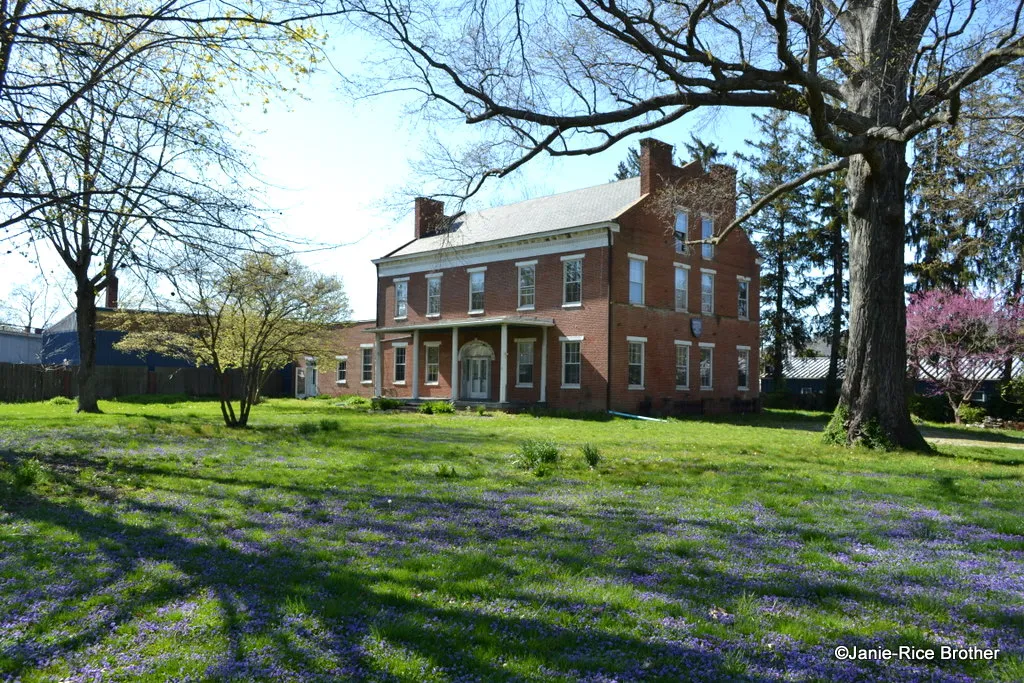
After hearing the story of Whitehall, the magnificent home built in Augusta, Kentucky by Arthur Thome in 1809, visitors are drawn to the story of his son James, who convinced his father to free his enslaved people. The manumission caused such an uproar in Augusta that the family was forced to sell the home and flee to Missouri (some said at gunpoint). But…hearing the story in the voices of the people who made this history, in the words of James Thome as written to Theodore Weld, his collaborator in the work of abolition, paints a completely different and more nuanced picture.
Sprinkled throughout the 1006 pages of the “Letters of Theodore Weld, Angelina Grimke Weld, and Sarah Grimke 1822-1844” edited by Gilbert Barnes and Dwight Dumond, are more than twenty letters between James and his mentor, Theodore Dwight Weld. Their correspondence in these volumes alone covers nearly nineteen years.
The first to appear in the Barnes-Dumond collection was written by Thome to Weld as Theodore was beginning his work of activating the machinery of abolition in Ripley Ohio after withdrawing from Lane Seminary in Walnut Hills. Thome was sharing his exile from Lane with several other students who had withdrawn; prior to migrating to Oberlin, they had set up their own seminary in Cumminsville (Northside) on property secured for them by Salmon P. Chase.
Here, Thome congratulates Weld on his launch:
December 15, 1834
“Dear Bro. Weld,
When I first heard of your lecturing at Ripley, I was extremely anxious to hear the result. I knew that the citizens of the village were not friendly to Abolitionism, and I apprehended…that the Kentuckians would cross the river and interfere. It certainly was an act of Great Effrontery to commence operations within earshot of a slave state…and yet what a commentary it is …upon the swaggering menaces of southern bullies, that you should there- on the Ohio, and opposite one of the most aristocratic counties in Ky,- lecture eleven evenings unmolested.”
Three weeks later, Thome breaks the astounding news to Weld:
January 8, 1835
“Dear Brother,
…You will be pleased to hear that the same mail which brought us your encouraging letter, brought me one also from home informing me that Father had given one of his colored men his freedom as a Christmas Gift. The first thing he thought of after his emancipation was to come down and see me, but was prevented by the illness of his wife… I am still praying that Father may speedily give up all his slaves. This is an auspicious beginning.”
James was correct- it was only the beginning. Within a few years, his father Arthur had freed all his enslaved people- all of whom not only stayed in Augusta, but most continued to live in the same home, Whitehall. Arthur and his large household are clearly found in the 1840 census as residents of Augusta.
How far did Arthur’s change of heart extend? the letters give clues, clearly seen in this Christmas greeting from James to Weld…
Augusta Ky. December 25th 1837
My Dear Bro Weld,
You will see hereby that I have not forgotten my unsolicited promise to write to you from the land of my fathers…With all my heart I tender thee the gratulations of this Christmas Day; and a bright sunny day it is here, on the banks of the Ohio…the sun looks down meltingly upon our snow clad hills and meadows.
Theodore…I wish that you were here…I cannot tell you how much we should all like to see you at our house. Many, very many, of our Lane Seminary and Oberlin brethren have called and abode with us for a season…but there is a niche in our family halls-higher than the rest- which is reserved for you alone to fill. When will you come?
I reached home about two weeks ago, after an absence of 18 months…the reception which I have generally met with has even astonished myself. It is true that there has been no public dinner ”in honor of our highly esteemed fellow citizen…but there is a vast space between such a mark of distinction and that other less honourable one- a coat of tar and feathers. Among my welcomers back to Kentucky have been the high and the low, the slaveholder and the slave, the mistress and her trembling maid.
Not the least cordial…nor the least grateful greetings, have come from the emancipated people who two years ago this Christmas Day were my father’s slaves. The most of these still remain in Augusta and in worldly matters are doing quite well….Unfortunately for themselves they have nearly all married slaves, and this necessarily trammels them very much and renders them half-slaves themselves…It is no small evidence of the improvement which has taken place among them that several of the number have married since their freedom. I called in yesterday to see the sabbath school which is taught in the Presbyterian Church. I found to my great gratification that the colored department, which is about one third of the whole school, is taught solely by the members of our family, my father himself at the head…I need not say that the family are staunch abolitionists. They have pretty much lived down the opposition which was at first excited against them…the feeling respecting abolition has considerably softened in this place.”
Within a few years, the “feeling respecting abolition” had hardened into outright hostility, an indication of which is visible in James’ portrait which hangs in the National Gallery. He’s holding in his pocket a copy of the Weld-Grimke work “American Slavery As It Is”, the most damning indictment of the slave system prior to ‘Uncle Tom’s Cabin”, in which the slaveholders’ own words were used to expose the physical, emotional, and psychological cruelty of slavery. Fearing for his safety and very life, Thome had fled Ohio for the relative safety of New England when the painting was made; he seems to be reassuring his friends and family, while taunting his enemies. How he got into that predicament, and how it changed the lives of his family, his friends, and the city of Augusta, Kentucky forever will be told in a later installment.
Description by Chris Desimio
Distance Unit:
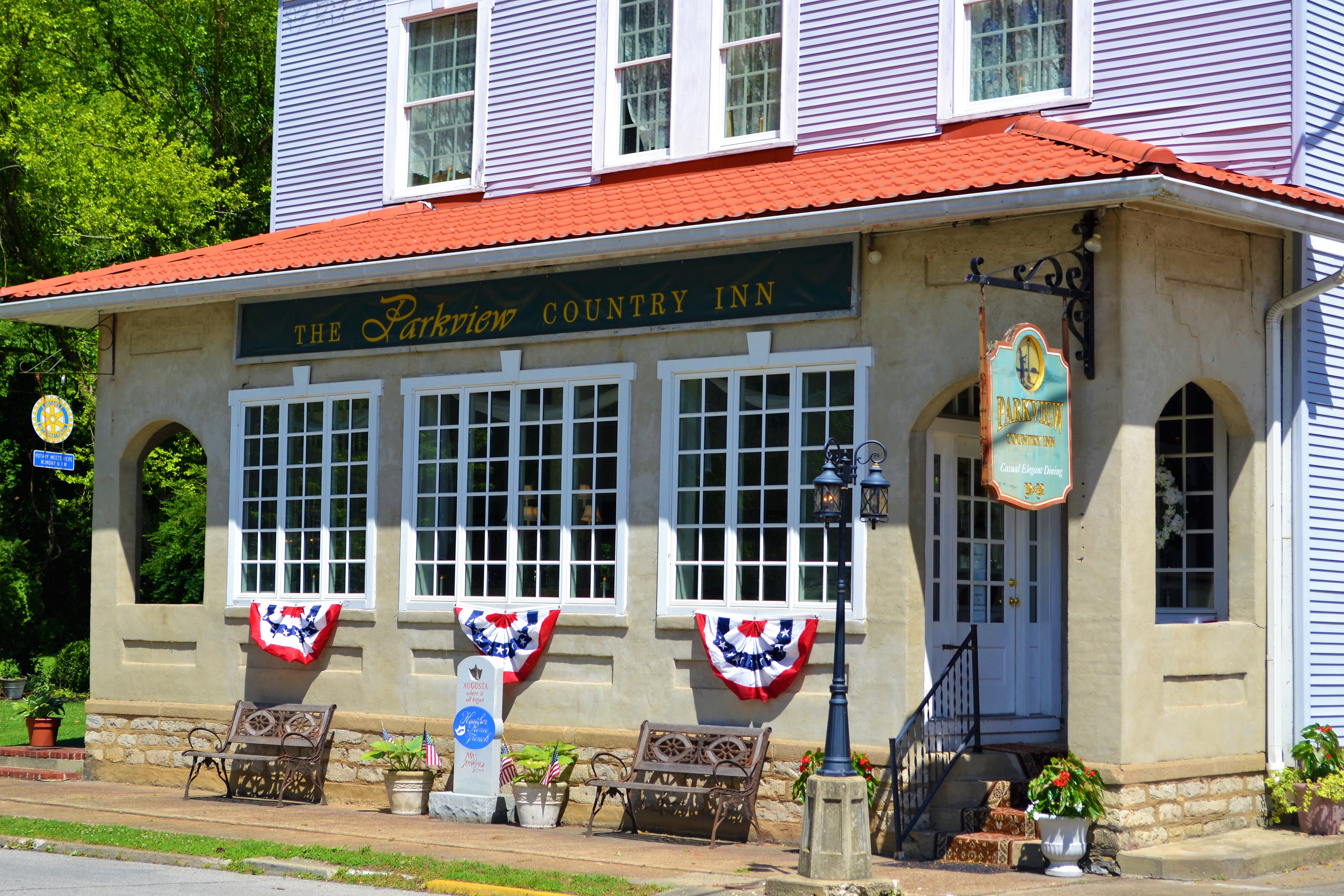
Park View St, Augusta, KY 41002
Distance: 0.15 Away

Augusta General Store, 109 Main St, Augusta, KY 41002, United States
Distance: 0.22 Away

Beehive Augusta Tavern, West Riverside Drive, Augusta, KY, USA
Distance: 0.24 Away
Food and Drinks Museums and Interpretive Centers
View Listing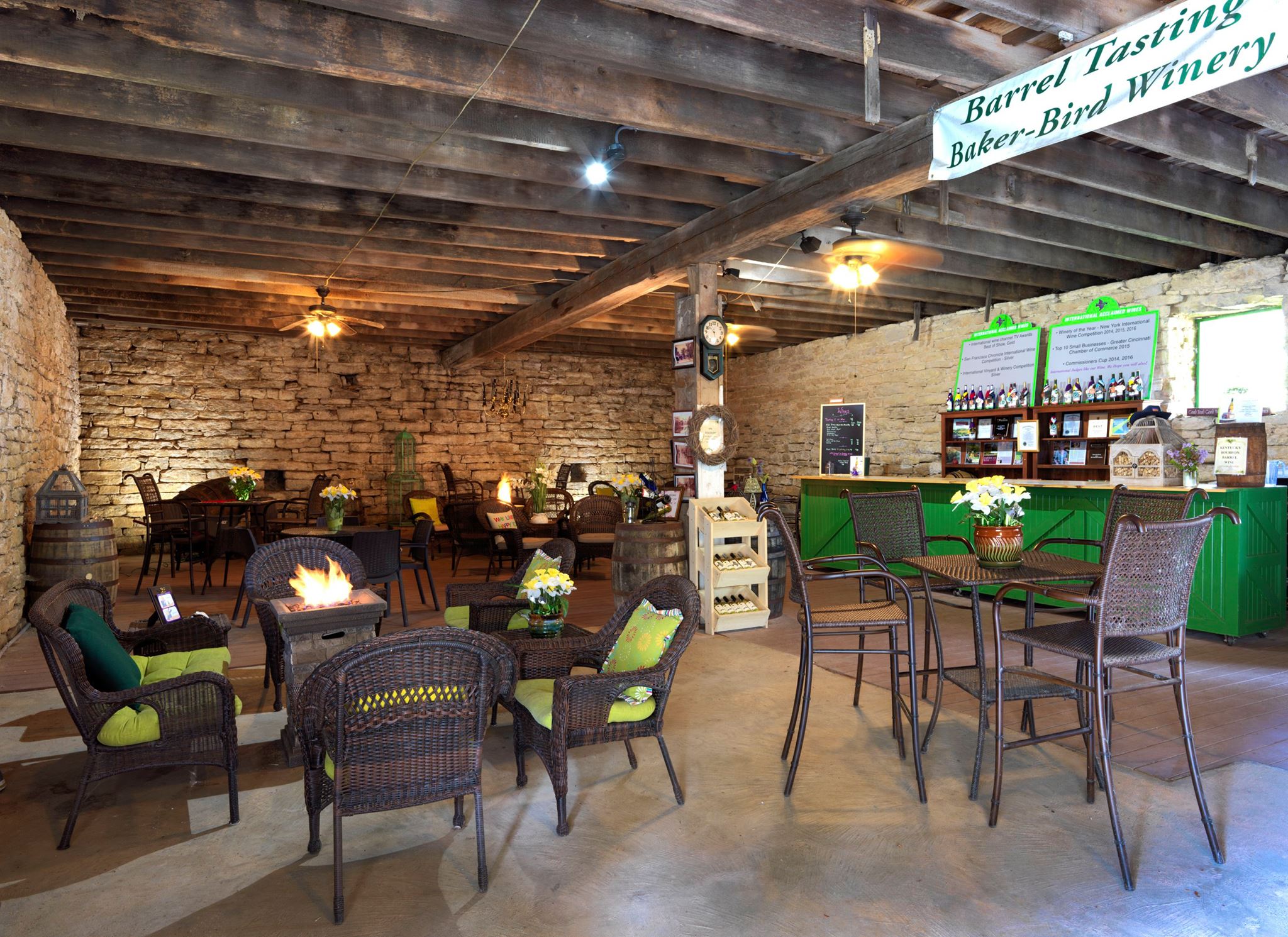
Baker-Bird Winery, Augusta Chatham Road, Augusta, KY, USA
Distance: 0.65 Away
Food and Drinks Wineries Breweries and Distilleries
View Listing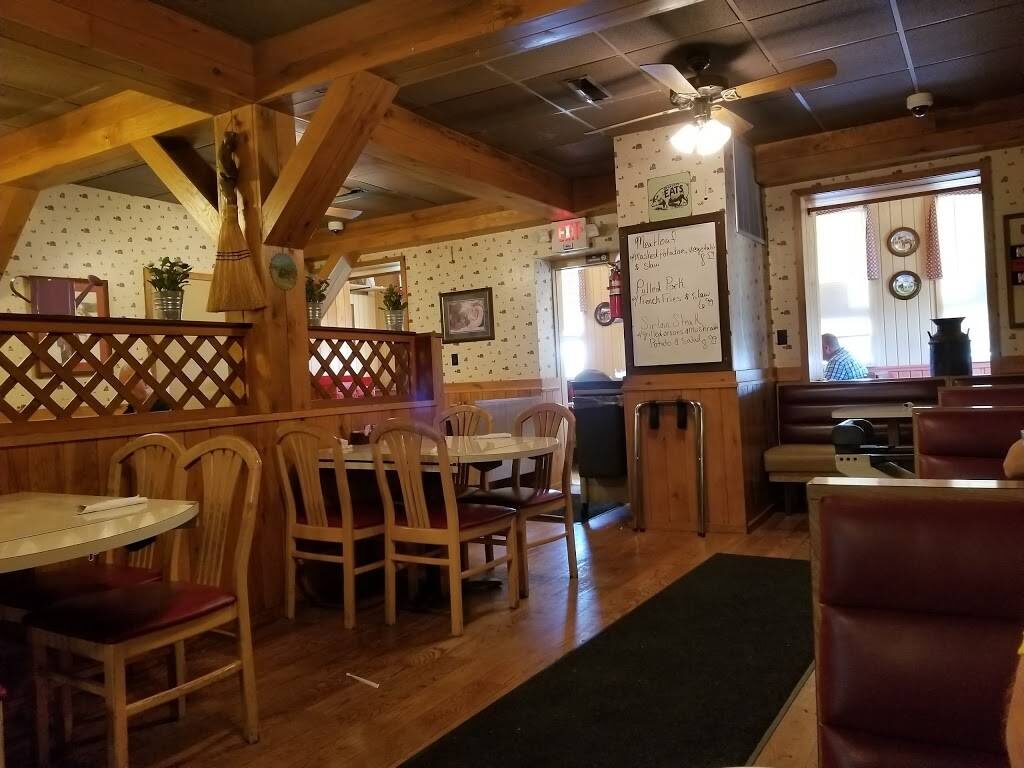
Feed Mill Restaurant & Pizza, North Market Street, Felicity, OH, USA
Distance: 6.81 Away
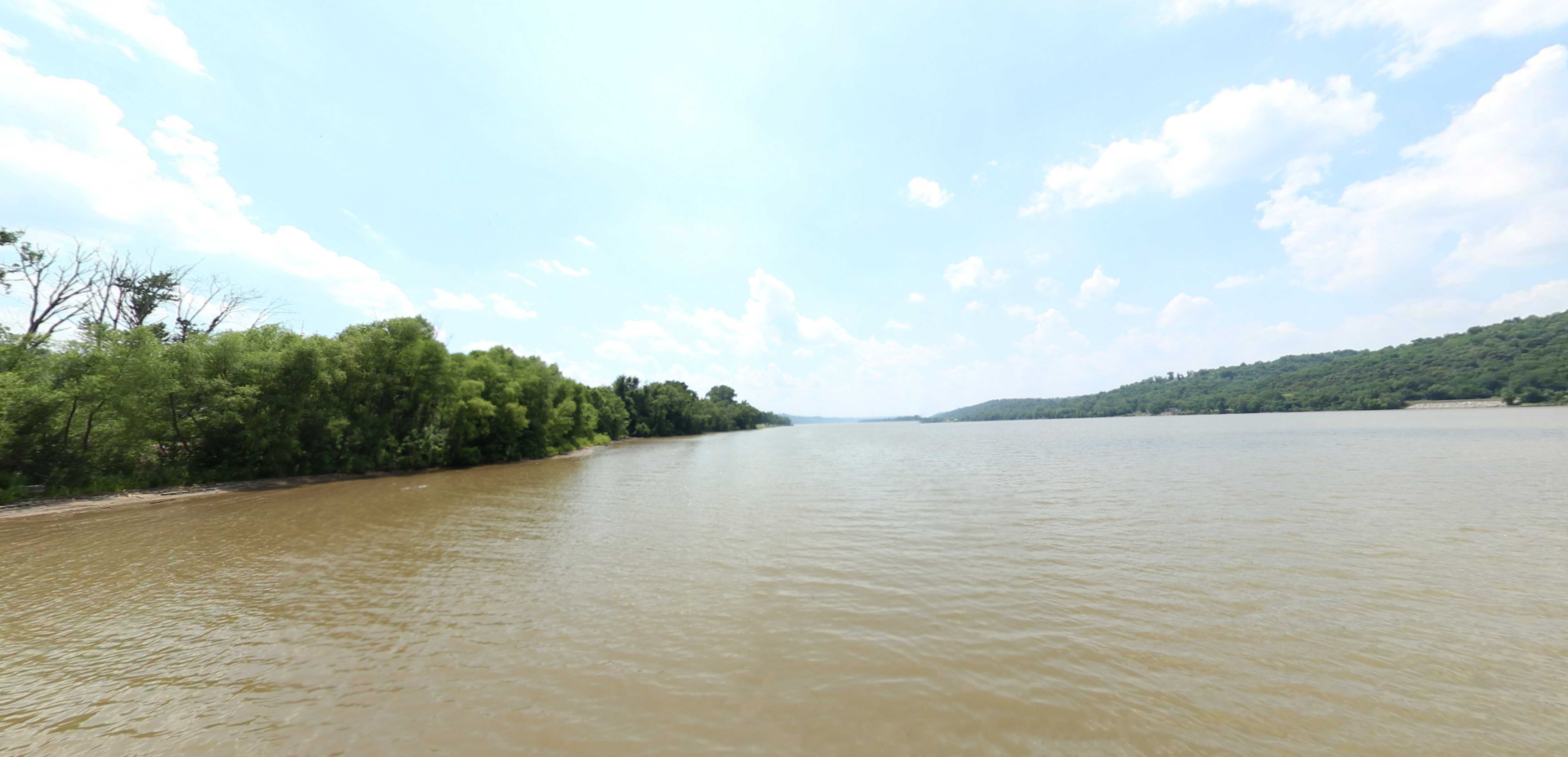
Chilo Lock 34 Park Yurts, Felicity, OH, USA
Distance: 6.83 Away
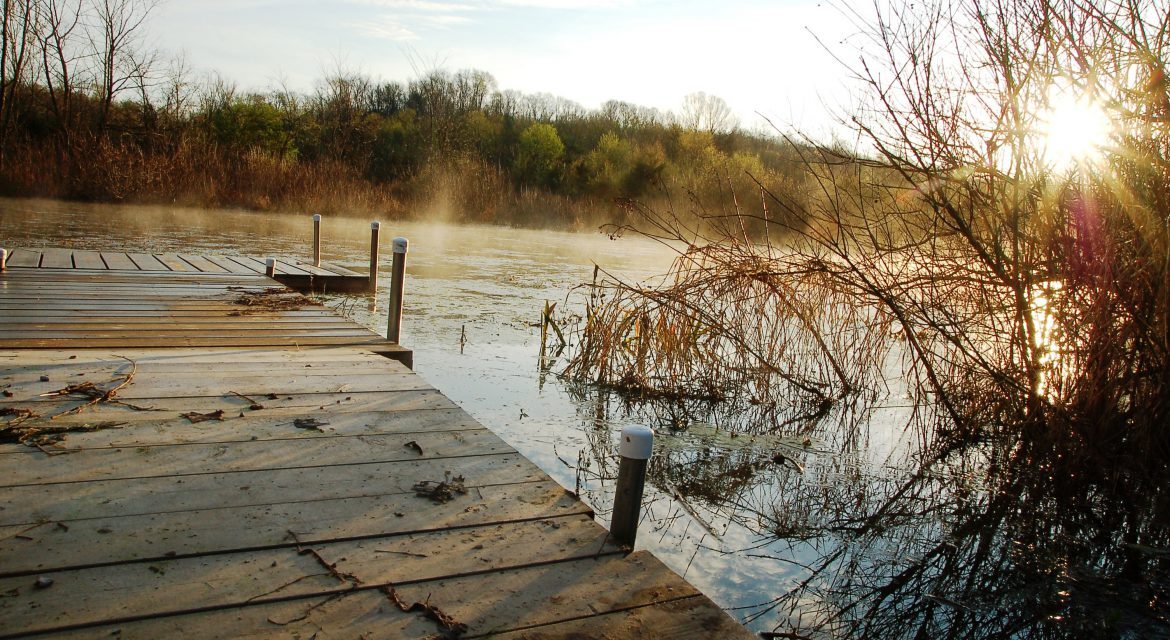
Chilo Lock 34 Park, County Park Rd, Chilo, OH, USA
Distance: 6.87 Away
Museums and Interpretive Centers Outdoor Experiences
View Listing
Chilo Lock 34 Park, County Park Rd, Felicity, OH, USA
Distance: 6.94 Away

2413 Mary Ingles Highway Dover, KY 41034
Distance: 7.97 Away